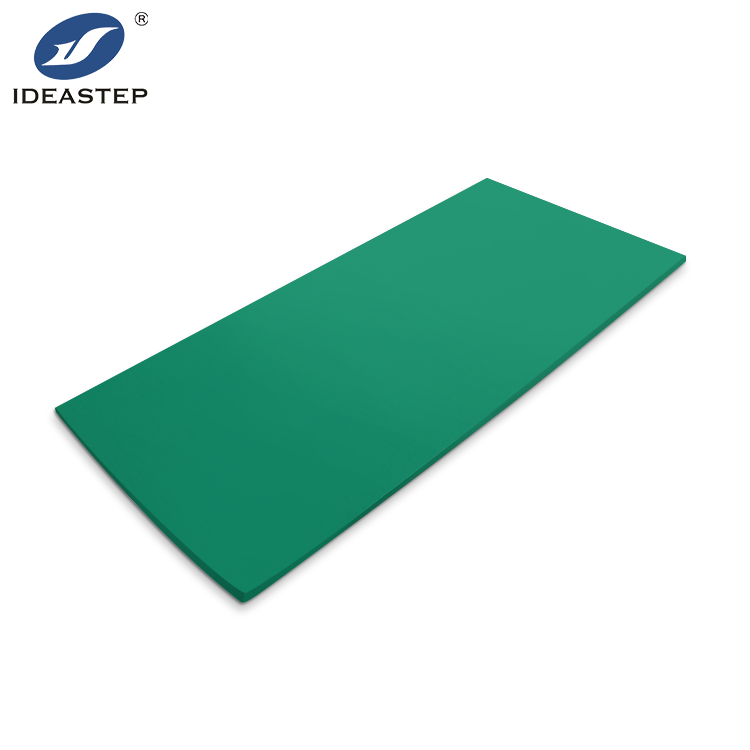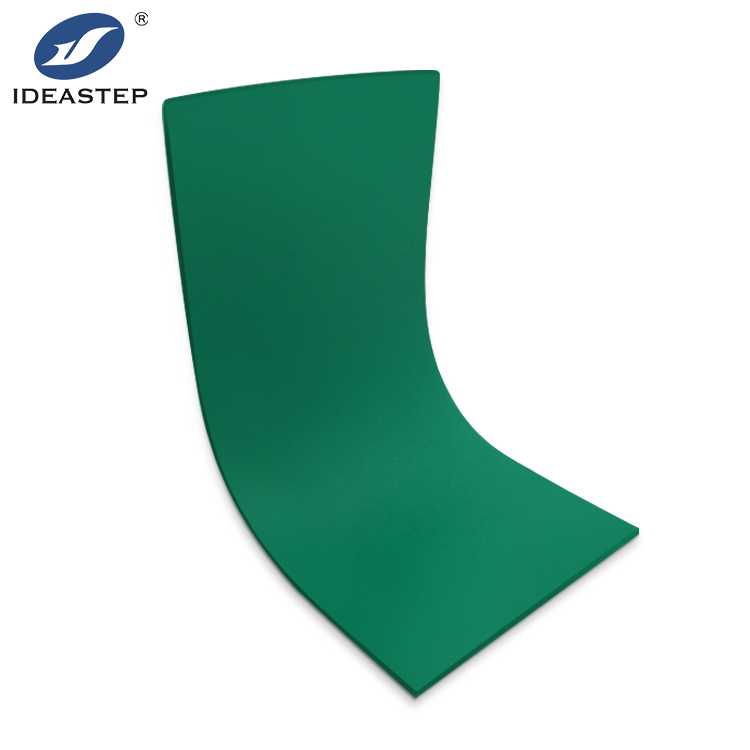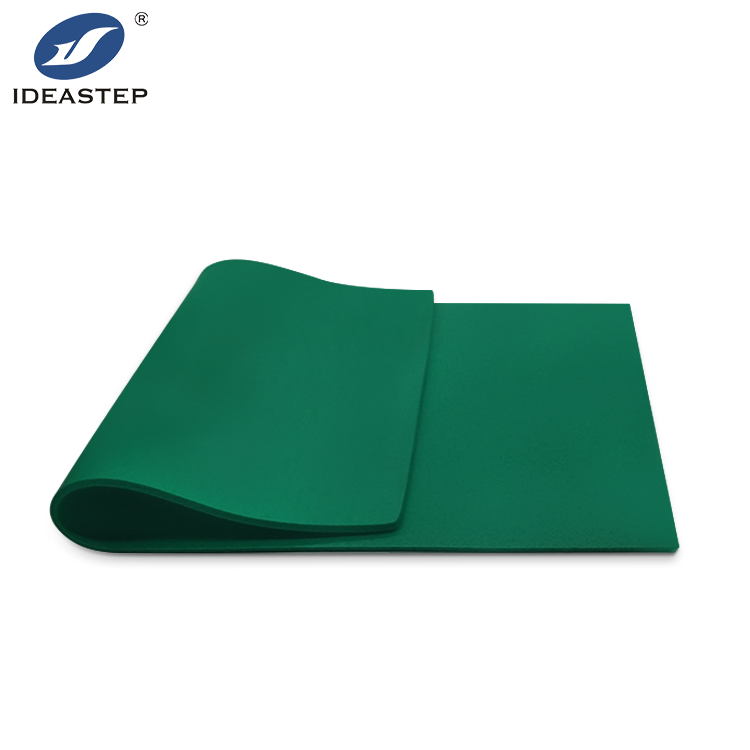Introduction to EVA Sheets and Their Contribution to Environmental Sustainability
EVA sheets, the acronym for Ethylene-Vinyl Acetate, have gained entry into almost all industries with force due to their versatility and eco-friendly nature. As both business and consumer preferences are becoming more inclined towards practices that are in harmony with sustainability, EVA sheets are becoming a favorite material. This article describes the journey of EVA sheets into environmental sustainability and why they have become the mainstay of sustainable development.
What in EVA Sheets is so Environmentally Friendly?
EVA sheets are credited for their environmental gains, majorly from the player sections in non-toxicity and recyclability. Unlike many other synthetic materials, EVA sheets do not contain chemicals such as BPA that can leach into the environment. They have a lower carbon footprint right from their manufacture, making them greener from the word go. These attributes have made EVA sheets an easy choice for businesses intending to reduce their ecological impact.

EVA Sheets and Their Applications in Sustainable Industries
From construction to packaging, even footwear, EVA sheets are used in a number of sustainable industries. They act as strong and flexible material for insulation and flooring in construction, adding to the energy efficiency of buildings. In packaging, the EVA sheets substitute the conventional plastics that contribute to waste and are non-recyclable. The footwear industry also benefits, with EVA sheets used in shoe soles, providing a lightweight yet sturdy alternative to conventional materials that continue to drive further sustainability.
How EVA Sheets are Gaining the Support of the Circular Economy
The concept of the circular economy is pegged on the reduction of waste and maximizing resource efficiency, and EVA sheets work within this model. They can be recycled and reused multiple times to foster other activities of waste reduction and resource conservation. In some cases, the used EVA sheets are gathered, processed, and brought into new products, thus closing the loop on material usage and supporting a more circular economy.

Comparison of EVA Sheets with Other Eco-Friendly Materials
Such materials include PVC, rubber, and polyurethane. EVA sheets, as the paper shows, do have anti-environmental superiority over other materials. These are superior in the sense that they are non-poisonous; thus, safe and friendly to the environment, unlike PVC, which gives off poisonous substances in its production process. EVA sheets provide a great choice of environmentally friendly material compared to materials such as rubber and polyurethane, which can be quite hard to recycle.
Challenges and Considerations in the Usage of EVA Sheets for Sustainability
Despite the myriad benefits, ensuring maximum sustainability of EVA sheets has several drawbacks. One is to ensure that good recycling infrastructure is in place that could handle used EVA products. Though EVA sheets can be recycled, recyclers may not have the adequate facilities to recycle this product. To address these, businesses and governments should invest in recycling technologies and increase awareness of the need to recycle EVA sheets.

The Future of EVA Sheets in Sustainability
The future of EVA sheets in sustainability is bright. Essentially, studies and further development are likely to enhance the characteristics of this material in terms of environmental friendliness, which could be even more multifunctional and sustainable. Innovations like biodegradable EVA sheets or improved techniques for their recycling could confirm their role in sustainable development even more vital for various lines of use.
User Experience with EVA Sheets: My View
Being a long-term user of EVA sheets manufactured by Ideastep, I have experienced the benefits in sustainable projects. The EVA sheets proved to be not only reliable for insulation in green buildings and creating eco-friendly packaging but also worthy for various purposes because of their strong resistance and flexibility. The nature of the material is recyclable and fits my commitment to sustainability. In this respect, choosing EVA sheets allows me to meet project goals with minimal environmental impact.

FAQs
- What material constitutes the EVA sheets? EVA sheets are made from Ethylene-Vinyl Acetate, a flexible, durable, and eco-friendly copolymer.
- How are EVA sheets recycled? The EVA sheets can be easily recycled via collection, cleaning, and processing into fresh products in the creation of a circular economy.
- Are EVA sheets biodegradable? While conventionally the EVA sheets are not biodegradable, further developments continue to be made to be biodegradable.
- The most prevalent industries that benefit from EVA sheets are in construction, packaging, footwear, and sports equipment.
- At what level would you consider EVA sheets compared with other sustainable materials? EVA sheets are normally more environmentally friendly compared to materials such as PVC and polyurethane since EVA sheets are nontoxic and their recycling process is easier.
